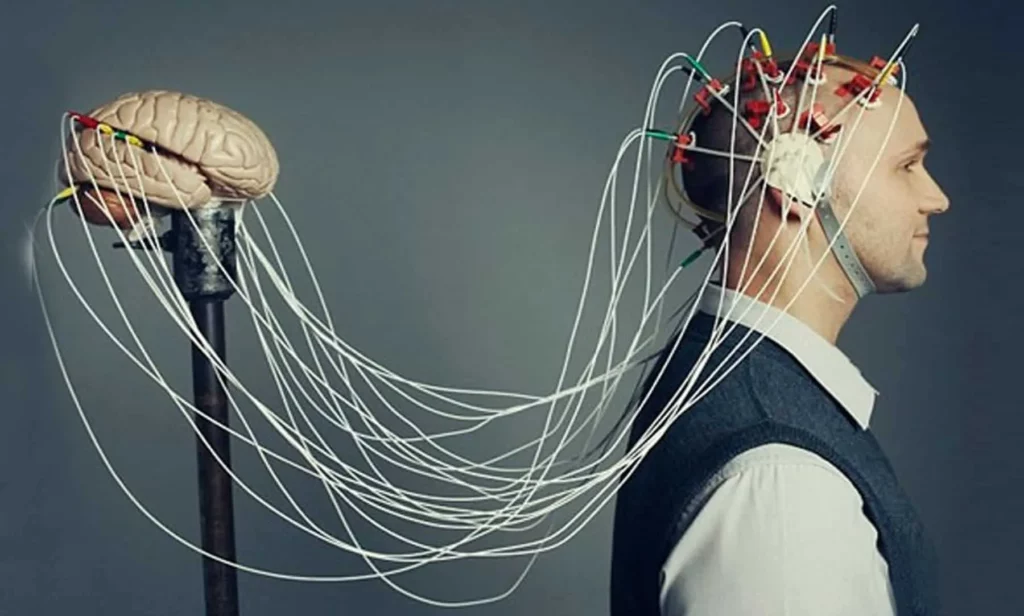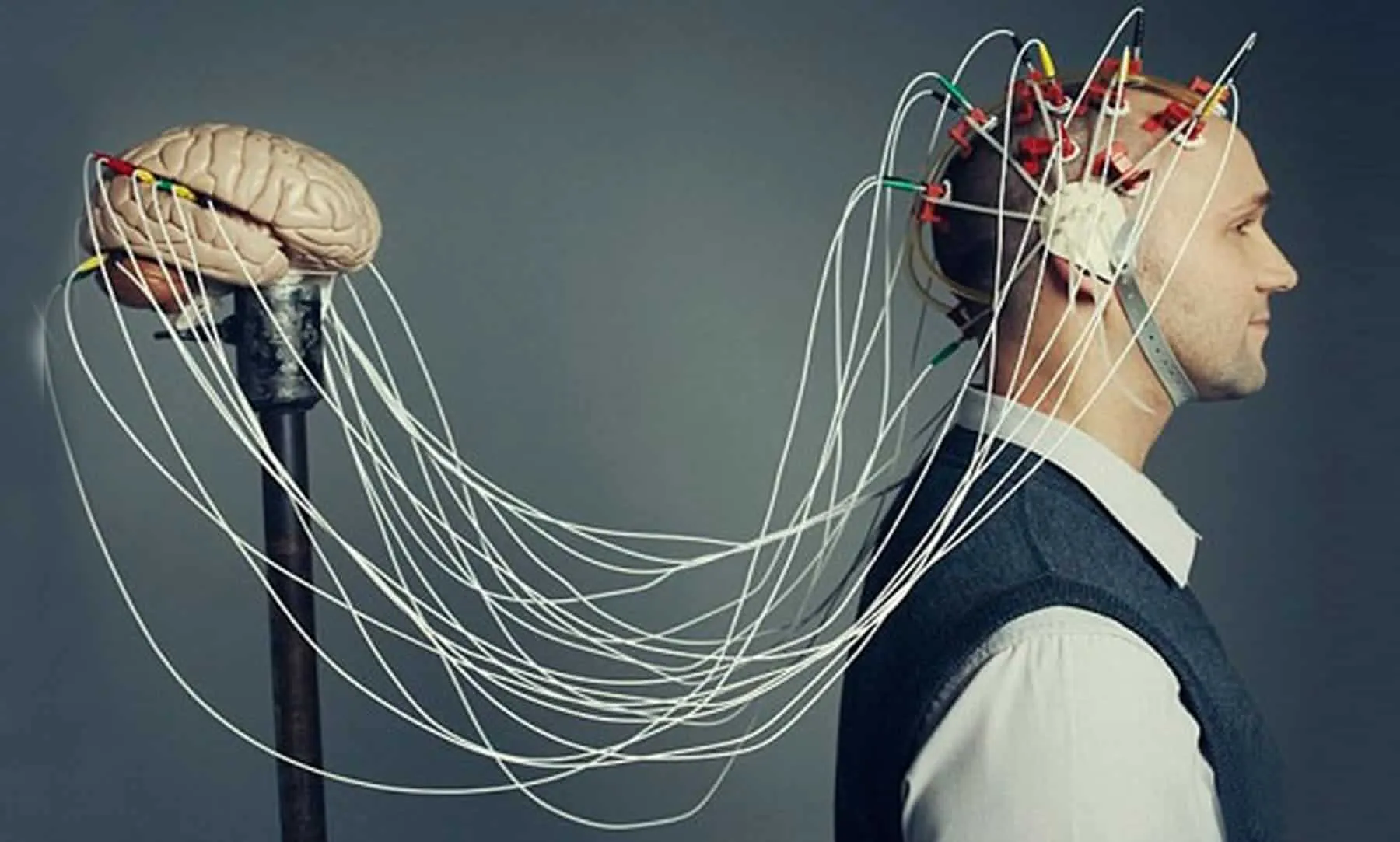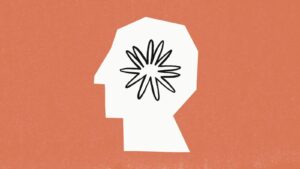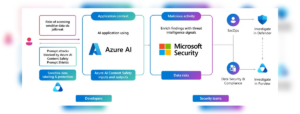
Introduction
For decades, scientists have been on a relentless quest to unlock the secrets of human Memory Research.
Researchers peered into the depths of the human mind while viewers experienced the emotional rollercoaster of the cult classic movie “(500) Days of Summer,” revealing fascinating insights into how our brains process and potentially store memories.
Hippocampus’ Hidden Language
The study, published in a leading neuroscience journal, focused on the hippocampus. Hippocampus is a seahorse-shaped structure nestled deep within the brain. This region acts as a temporary storage unit before experiences are consolidated into long-term memory.
The researchers recruited participants with implanted electrodes in their hippocampi, used to monitor seizure activity in individuals with epilepsy. This unique opportunity allowed them to eavesdrop on the firing patterns of thousands of neurons as participants watched the movie.
The Memory Decoder Ring
The researchers trained a sophisticated AI model to decipher the complex language of these neuronal conversations. Remarkably, the AI successfully identified changes in brain activity that corresponded to specific elements of the film. It includes the appearance of characters, shifts in location, and even scene transitions.
This feat in itself is a significant advancement. It demonstrates the potential of using brain activity as a window into the world of our internal experience.
A Glimpse into Dynamic Memory Storage
When the researchers delved deeper into the neural code for specific characters, a surprising detail emerged. The activity linked to the presence of Summer, the film’s protagonist, involved a smaller and more variable group of neurons compared to other elements.
This finding challenges the traditional view of memory storage. The study suggests that our brains don’t neatly encode memories in dedicated sets of neurons. Instead, they dynamically assemble memories from a pool of potential candidates.
Implications for Real-Life Memory
This research is being hailed by experts as a significant leap forward in understanding how memories are formed in real-world scenarios.
Dr. Amelia Rose, a leading memory researcher at Stanford University, emphasizes the importance of the study: “For too long, memory research has relied on static stimuli like pictures. This work opens doors to investigating how our brains encode and store memories of complex, ever-changing experiences, much like the ones we encounter in daily life.”
The potential applications of this research are vast. It could pave the way for the development of therapies for memory disorders like Alzheimer’s disease.
Follow us on Linkedin for everything around Semiconductors & AI
Conclusion
The quest to understand memory is far from over. But this groundbreaking study using AI and “(500) Days of Summer” marks a pivotal moment. It offers a captivating glimpse into the intricate dance of neurons within the hippocampus, hinting at the dynamic nature of memory storage. As we delve deeper into this neural tapestry, we unlock not just the secrets of the past but also the potential to shape a future where memories are not a fading whisper but a vibrant echo.








